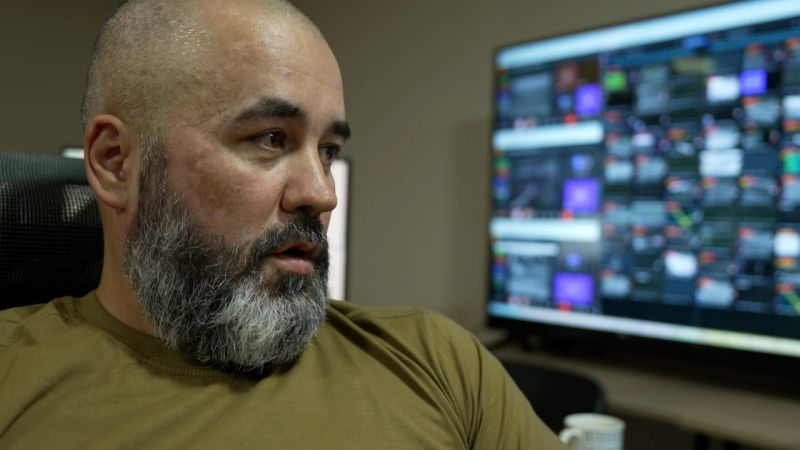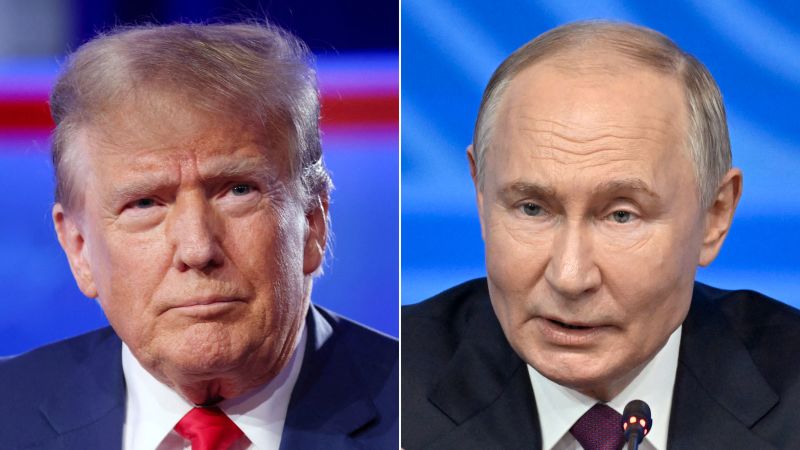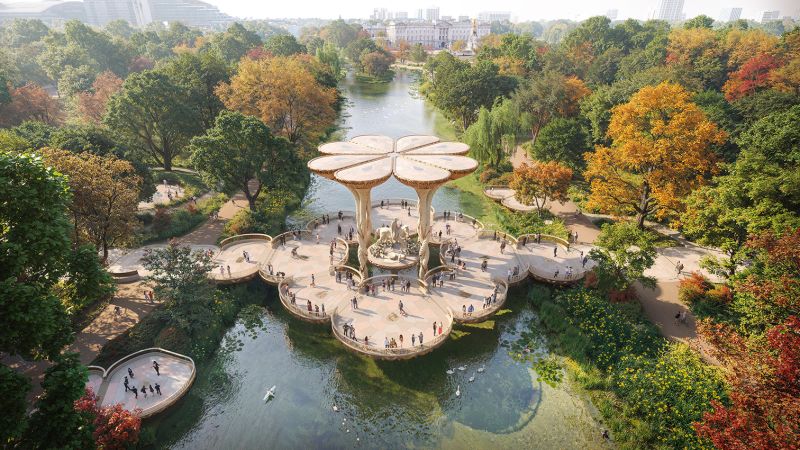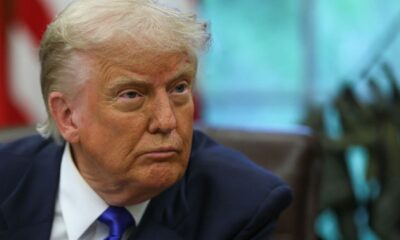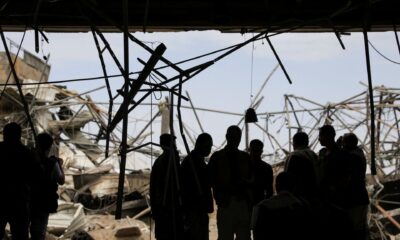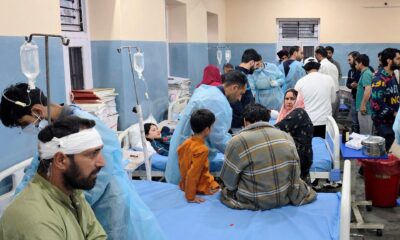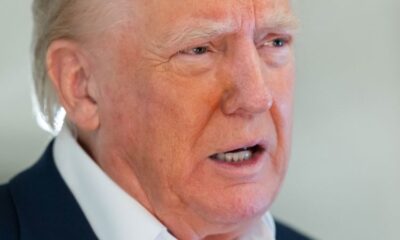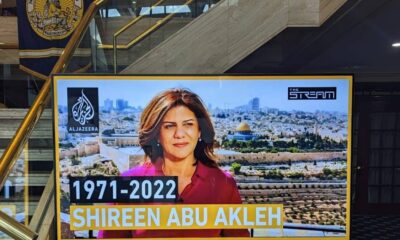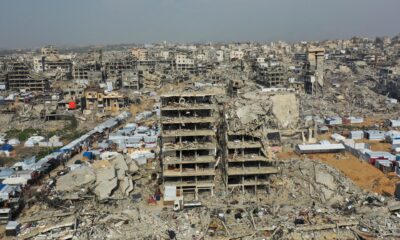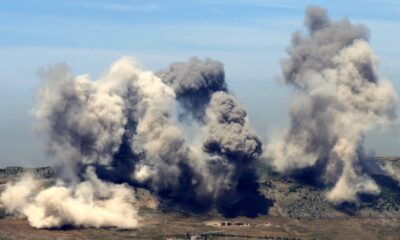Eastern Ukraine
CNN
—
The weather was bad along the front line as the hour approached. Heavy clouds and rain meant activity by the two warring parties was always likely to be on the lower side.
But as the clock approached midnight Wednesday, the time the Kremlin said its guns would fall silent for three days, the men at the National Guard monitoring center in eastern Ukraine had absolutely no faith in Russian President Vladimir Putin’s ceasefire.
“My answer is simple – we don’t believe him,” said Kir, a drone special unit commander, expressing a view shared by Ukrainian President Volodymyr Zelensky, who has repeatedly said he is only interested in an immediate 30-day pause in the fighting.
As nightfall approached Thursday, almost a full day into the Russian leader’s ceasefire, Ukrainian officials were reporting continued attacks across the front line.
Foreign Minister Andrii Sybiha said there had been more than 500 attacks on Ukrainian troop positions over the course of the day, along with at least 10 strikes by guided aerial bombs, one of which killed a 55-year-old woman and wounded her son in the northern Sumy region.
In the southern Kherson region, a 35-year-old woman was killed in a drone strike, officials said.
Working from a nondescript building in a location we were told not to disclose, Kir and his colleagues were looking out for Russian attacks. Monitors on the desks and on the walls showed more than 100 live feeds from surveillance drones, operating across almost half the front line.
About 60 cameras were trained on the Donetsk region alone. Mavic drones only tonight, Kir explained, because of the bad weather. Usually there would be even more feeds to look at.
A few minutes after midnight, the men were reporting Russian activity. Artillery fire near Pokrovsk. A Grad rocket fired near Toretsk, and another instance of artillery fire, this time near Sloviansk. Attacks were on the low side, Kir said, though his attention was drawn to very high surveillance drone activity by Russian forces.
He was clear about Putin’s true intentions. When the Russian leader called an earlier snap ceasefire over Easter – which Ukraine said it had “mirrored” – Russia took the opportunity to re-supply positions and move troops, Kir said.
And it had benefited them, he added: “They struck successfully after Easter, and we lost some positions.”
He said he expected further infantry moves during the latest ceasefire.
The National Guardsmen had other evidence they said proved the Kremlin has absolutely no interest in peace.
Surveillance feeds have been showing them for several weeks that Russia is moving significant numbers of troops and hardware into positions just a few dozen kilometers back from the front line.
They played CNN a video filmed just a few days ago showing a vast network of dugouts, tarpaulins and vehicles, carefully spaced along a seemingly endless tree line.
“Remember Crimea?” Kir asked, referring to Russian’s invasion of the Ukrainian peninsula in 2014, which Moscow denied at first, before moving quickly to illegally annex the territory.
“They started with a lie. And they’re still lying.”
Svitlana Vlasova contributed to this report.

